Home>Garden Essentials>Garden Plants>How Does Creeping Thyme Spread


Garden Plants
How Does Creeping Thyme Spread
Modified: September 1, 2024
Discover how plants like creeping thyme spread and propagate, and learn how to harness their natural growth patterns to create stunning ground cover in your garden.
(Many of the links in this article redirect to a specific reviewed product. Your purchase of these products through affiliate links helps to generate commission for Storables.com, at no extra cost. Learn more)
Introduction
Welcome to the intriguing world of creeping thyme! If you’re a plant enthusiast or a gardening aficionado, you may have come across this charming perennial herb. Creeping thyme, scientifically known as Thymus serpyllum, is a low-growing, spreading plant that is beloved for its fragrant leaves and delicate flowers. In addition to its aesthetic appeal, one fascinating aspect of creeping thyme is its ability to spread and colonize areas with ease.
In this article, we will delve into the mechanisms that drive the spread of creeping thyme. From natural modes of dispersal to human intervention, we will explore the various ways in which this plant establishes itself and thrives in different environments.
But first, let’s take a closer look at what exactly creeping thyme is.
Key Takeaways:
- Creeping thyme spreads through natural mechanisms like wind-dispersed tumbling seeds, animal-assisted transport, and insect pollination, showcasing its adaptability and resilience in colonizing diverse habitats.
- The cultural spread of creeping thyme, fueled by human intervention and cultivation, has enriched landscapes worldwide, but responsible gardening practices are crucial to maintain ecological balance and preserve native ecosystems.
Read more: Where Does Creeping Thyme Grow
What is Creeping Thyme?
Creeping thyme, also known as wild thyme or mother of thyme, is a perennial herb native to Europe and parts of Asia. It belongs to the Lamiaceae family, which includes many aromatic plants like lavender and mint. This versatile plant is prized for its culinary, medicinal, and ornamental properties.
Creeping thyme is characterized by its low-growing, spreading habit, with stems that often trail along the ground, forming a lush carpet of foliage. The leaves are small, oval-shaped, and densely packed, giving the plant a vibrant green appearance. In the summer, creeping thyme produces clusters of tiny, aromatic flowers in shades of pink, purple, or white, attracting pollinators like bees and butterflies.
When it comes to its growth requirements, creeping thyme thrives in well-draining soil and prefers full sun exposure. It is a hardy plant that can tolerate drought once established, making it ideal for rock gardens, slopes, or areas with poor soil conditions. Additionally, creeping thyme is known for its ability to release a pleasant fragrance when stepped on or brushed against, adding to its appeal as a ground cover or edging plant.
Now that we have a better understanding of this delightful herb, let’s explore the various natural mechanisms that contribute to its spread.
Natural Spread Mechanisms
Creeping thyme has evolved several natural mechanisms to ensure its successful spread and colonization in various habitats. These mechanisms rely on the dissemination of its seeds and the growth of its underground rhizomes.
Seed Dispersal: One of the primary ways creeping thyme spreads is through seed dispersal. As the plant produces small, dry fruits, the seeds are released from the dried flower heads. These lightweight seeds are then carried by the wind to new locations. The successful dispersal of seeds allows the plant to colonize a wider area and establish new patches of growth.
Tumbling Seeds: The seeds of creeping thyme have a curious adaptation that aids in their dispersal. They have small, hair-like structures known as awns that allow them to catch the wind and be carried over long distances. This mechanism, known as anemochory, helps the seeds “tumble” and disperse to new areas, even in environments with limited wind movement. As the seeds tumble along the ground, they may find suitable conditions for germination and establish new plants.
Animal Dispersal: While wind plays a significant role in the dispersal of creeping thyme seeds, animals also contribute to its spread. Small mammals, birds, and insects may inadvertently carry the seeds on their fur, feathers, or bodies. As they move about, the seeds can get transported to different locations, facilitating the colonization of new habitats.
Insect Pollination: The reproductive success of creeping thyme is dependent on insect pollinators, especially bees and butterflies. As they visit the flowers in search of nectar, these pollinators inadvertently transfer pollen from one flower to another, facilitating fertilization. This leads to the production of viable seeds, ensuring the plant’s genetic diversity and enabling it to spread to new areas.
Rhizome Growth: In addition to seed dispersal, creeping thyme can also spread through its underground rhizomes. Rhizomes are horizontal, underground stems that can produce new roots and shoots. As the rhizomes grow and expand, they give rise to new plants, creating a dense, interconnected network. This vegetative propagation method allows creeping thyme to rapidly colonize and cover large areas.
Understanding these natural spread mechanisms gives us insights into how creeping thyme can establish itself in different environments. However, it’s important to note that human intervention has also played a significant role in the cultural spread of this fascinating herb.
Seed Dispersal
Seed dispersal is a crucial mechanism that enables creeping thyme to spread to new areas and establish thriving populations. The plant produces small, dry fruits that contain the seeds necessary for reproduction. These seeds have various adaptations to aid in their dispersal, allowing the plant to colonize a wider range of habitats.
When the flowering period is over, the dried flower heads of creeping thyme release their seeds. These small, lightweight seeds are equipped with structures called awns, which are hair-like projections that assist in their dispersal. The awns catch the wind, similar to the way a parachute catches the air, allowing the seeds to be carried over long distances.
The concept of wind dispersal, known as anemochory, is an efficient strategy employed by many plants. As the wind blows, the awned seeds of creeping thyme “tumble” and disperse in various directions. This method ensures that the seeds are transported over different terrains, increasing the chances of finding suitable conditions for germination and establishment.
While wind plays a vital role in seed dispersal, other factors can also contribute to the movement of creeping thyme seeds. For instance, small mammals, birds, and insects may unintentionally carry the seeds on their fur, feathers, or bodies. As these animals move from one location to another, the seeds can get transferred, thereby aiding in the dispersal process.
It is worth noting that the success of seed dispersal is influenced by various environmental factors. Wind speed and direction, the presence of suitable landing sites, and the availability of resources for germination and growth all play a role in determining the spread of creeping thyme seeds.
Understanding the natural seed dispersal mechanisms of creeping thyme not only provides insight into its ability to colonize new areas but also emphasizes the importance of preserving natural habitats where these dispersal processes can occur unhindered. By safeguarding the environments in which creeping thyme thrives, we can ensure the continued success and proliferation of this remarkable plant.
Tumbling Seeds
Tumbling seeds play a fascinating role in the spread of creeping thyme. These seeds possess unique adaptations that allow them to be carried by the wind, even in environments with limited air movement. This mechanism, known as anemochory, enables the plant to disperse its seeds over long distances, increasing the chances of colonization in new areas.
The key feature of tumbling seeds is the presence of hair-like structures called awns. These awns act like miniature parachutes, catching the wind and aiding in the seeds’ dispersal. As the wind blows, the awned seeds are lifted into the air and carried along, tumbling and revolving as they go.
This tumbling action is essential for the seeds to distribute themselves in different directions and land in suitable locations for germination and growth. The movement of the seeds over the ground increases the chance of them encountering favorable conditions, such as moist soil or gaps in vegetation, which are ideal for successful establishment.
This adaptation is especially advantageous for creeping thyme, as it allows the seeds to disperse even in areas with low wind speed or dense vegetation cover. Rather than relying solely on wind gusts, the tumbling motion created by the awns ensures a wider dispersal range and enhances the plant’s chances of finding suitable habitats beyond its immediate vicinity.
Furthermore, the tumbling action of the seeds also aids in seed burial. As the seeds roll and spin along the ground, they can be pushed into the soil or covered by small debris, ensuring they are protected and provided with the necessary conditions for germination.
Tumbling seeds not only contribute to the spread of creeping thyme but also provide a visually captivating sight as they are carried by the breeze. If you’re fortunate enough to observe this process, it serves as a reminder of the innovative strategies that plants employ to ensure their survival and expansion.
By allowing the wind to carry its tumbling seeds, creeping thyme maximizes its chances of colonization in new areas. This unique adaptation showcases the resilience and adaptability of the plant, making it a fascinating subject of study for botanists and nature enthusiasts alike.
Read more: How To Plant A Creeping Thyme Lawn
Animal Dispersal
While wind plays a significant role in the dispersal of creeping thyme seeds, animals also contribute to the plant’s spread through accidental transport. Small mammals, birds, and insects can unknowingly carry the seeds on their fur, feathers, or bodies, aiding in the dispersal process and facilitating the colonization of new habitats.
Small mammals, such as mice, voles, and squirrels, may encounter creeping thyme seeds during their foraging activities. As they move about, the seeds can become attached to their fur or caught in their claws. These animals often travel considerable distances, and as they do so, they inadvertently transport the seeds to new areas. When the opportunistic seeds find suitable conditions for germination, they can establish themselves and contribute to the expansion of the plant’s population.
Avian species can also play a role in the dispersal of creeping thyme seeds. Birds may inadvertently pick up the lightweight seeds while foraging, or the seeds can become entangled in their feathers. As the birds move to different locations, the seeds may be dropped or brushed off, potentially leading to their dispersal and germination in new habitats. Birds are particularly important in environments where wind dispersal may be limited, such as dense forests or urban areas with limited airflow.
Insects, despite their small size, can also contribute to the dispersal of creeping thyme seeds. These tiny creatures may inadvertently carry the seeds on their bodies as they move from flower to flower in search of nectar or pollen. As they travel, the seeds can be transported to different areas, increasing the chances of establishing new populations of creeping thyme.
Animal dispersal provides an alternative method for creeping thyme seeds to reach new locations, particularly in areas that might be less accessible to wind dispersal. By harnessing the unwitting assistance of animals, creeping thyme can expand its range and potentially colonize a diverse array of habitats.
It’s important to note that while animal dispersal can contribute to the spread of creeping thyme, the success of this mechanism is dependent on the behavior and movement of the animals themselves. Factors like the range of their movements, the availability of suitable habitats, and the interaction between the animals and the plants influence the extent of animal-assisted seed dispersal.
Understanding the role of animals in the dispersal of creeping thyme seeds highlights the intricate relationships between plants and their surrounding ecosystems. It also serves as a reminder of the subtle but significant ways in which nature and its inhabitants contribute to the diversity and resilience of plant populations.
Creeping thyme spreads by sending out runners, or stolons, which root and form new plants. To control its spread, regularly trim back the runners and plant it in contained areas.
Insect Pollination
Insect pollinators, particularly bees and butterflies, play a crucial role in the reproductive success and spread of creeping thyme. These tiny creatures inadvertently transfer pollen from one flower to another as they visit the plant in search of nectar or pollen. This process, known as insect pollination or entomophily, ensures fertilization and the production of viable seeds.
Creeping thyme has evolved to attract insect pollinators by offering them a reward in the form of nectar. The flowers of creeping thyme sport vibrant colors, usually shades of pink, purple, or white, which act as visual cues for attracting pollinators. Additionally, the plant releases aromatic compounds that serve as olfactory signals, further enticing insects to visit the flowers.
When an insect lands on a creeping thyme flower to access the nectar, it brushes against the reproductive parts, inadvertently collecting pollen on its body. As the insect moves on to another flower, some of this pollen is transferred to the stigma, the receptive surface of the flower’s female reproductive organ. This pollination process facilitates fertilization, allowing the flower to develop seeds.
The success of insect pollination not only ensures the production of viable seeds but also contributes to the genetic diversity of creeping thyme populations. Through cross-pollination, genetic material from different plants mixes, leading to offspring that exhibit a range of traits. This genetic variability enhances the adaptability and resilience of the plant, facilitating its ability to thrive and spread in diverse environments.
Bees are the primary pollinators of creeping thyme due to their foraging behavior and close association with nectar-rich flowers. Bees have specialized structures, like hairy bodies and pollen baskets on their hind legs, which aid in effective pollen collection and transfer between flowers. In addition to bees, butterflies and other insects may also contribute to the pollination process, albeit to a lesser extent.
It is worth noting that the decline in insect populations, including bees and butterflies, poses a potential risk to the pollination of creeping thyme and other flowering plants. Factors such as habitat loss, pesticide use, and climate change can negatively impact insect populations and reduce their availability as pollinators. Therefore, it is crucial to prioritize conservation efforts that protect and promote healthy ecosystems to ensure the continued pollination and spread of creeping thyme.
The intricate relationship between creeping thyme and insect pollinators highlights the interconnectedness of plants and the animal kingdom. By attracting and relying on insects for pollination, creeping thyme exemplifies the remarkable coevolutionary strategies that have shaped the natural world.
Rhizome Growth
Rhizome growth is a key mechanism by which creeping thyme spreads and establishes itself in various habitats. Rhizomes are horizontal, underground stems that have the ability to produce new roots and shoots, giving rise to new plants.
Creeping thyme possesses rhizomes that extend horizontally beneath the soil surface. These rhizomes grow and spread by sending out lateral branches, which can give rise to new plants at regular intervals. As the rhizomes elongate and branch out, they form an interconnected network, facilitating the rapid colonization of an area.
The growth of rhizomes allows creeping thyme to expand its presence by producing multiple points of growth. This vegetative propagation method enables the plant to establish clones of itself, essentially creating genetically identical individuals. Such clonal growth enhances the plant’s ability to spread and colonize new areas, quickly forming dense mats of foliage.
Rhizome growth offers several advantages for creeping thyme. Firstly, it allows the plant to efficiently occupy available space by sending out shoots and roots at various points along the rhizome network. This growth habit enables creeping thyme to thoroughly cover the ground, suppressing weed growth and reducing soil erosion.
Furthermore, rhizomes provide creeping thyme with a means of survival and regeneration, particularly in challenging or disturbed environments. For example, in areas where the above-ground vegetation may be damaged or destroyed, the rhizomes can persist underground and later give rise to new shoots, ensuring the plant’s long-term survival.
Another benefit of rhizome growth is the potential for creeping thyme to adapt to changing environmental conditions. Through the production of new individuals from lateral branches, the plant can explore different areas and exploit favorable conditions for growth and reproduction. This adaptability can give creeping thyme a competitive edge, allowing it to thrive in a wide range of habitats.
However, while rhizome growth contributes to the spread and persistence of creeping thyme, it’s important to note that the success of this mechanism can be influenced by several factors. Environmental conditions, such as soil moisture, nutrient availability, and competition from other plants, can impact the rate and extent of rhizome growth.
Understanding the growth and expansion of creeping thyme through rhizomes provides insight into its resilience and adaptability as a plant species. By harnessing this vegetative propagation method, creeping thyme can rapidly colonize new areas, establish robust populations, and contribute to the beauty and biodiversity of natural and cultivated spaces.
Cultural Spread
In addition to its natural spread mechanisms, creeping thyme has also achieved widespread distribution through human intervention and cultivation. The cultural spread of this versatile herb has played a significant role in its global presence and popularity.
Cultivation and gardening practices have contributed to the intentional dissemination of creeping thyme. Gardeners and horticulturalists often include this plant in their landscapes due to its attractive appearance, aromatic qualities, and low maintenance requirements. By planting creeping thyme in gardens, parks, and public spaces, humans have played a direct role in its expansion and establishment in new areas.
The cultural spread of creeping thyme is further fueled by its many desirable characteristics. Its dense, low-growing habit makes it an excellent ground cover, helping to control weed growth and erosion. Moreover, the fragrant foliage and delicate flowers add beauty and charm to any garden setting, making it a favorite among landscape designers and enthusiasts.
Creeping thyme’s culinary and medicinal uses have also contributed to its cultural spread. The leaves of the plant possess a distinct, earthy flavor, often described as a combination of mint and lemon. This makes them a popular addition to various savory dishes, herbal teas, and infused oils. The plant is also known for its aromatic oils, which are used in aromatherapy for their calming and relaxing effects.
Human transportation and trade have further aided the cultural spread of creeping thyme. As people travel, they often encounter the plant’s appealing characteristics and bring it back to their local regions. This exchange of plant material and knowledge has led to the introduction of creeping thyme in new environments around the world.
Additionally, the availability of seeds and plant material through nurseries and online marketplaces has made it easier for individuals to acquire and cultivate creeping thyme. This accessibility has facilitated its adoption in home gardens, community spaces, and commercial landscapes, contributing to its cultural spread.
The cultural spread of creeping thyme has not only enhanced the aesthetic appeal of landscapes but also provided ecological benefits. The plant’s dense growth and ability to tolerate various soil conditions make it an ideal choice for erosion control, restoring damaged areas, and creating pollinator-friendly habitats.
However, it’s important to be mindful of the potential impact of creeping thyme as an introduced species in certain regions. While it is generally well-behaved and non-invasive, under favorable conditions, it may outcompete native plant species and disrupt local ecosystems. Therefore, it’s crucial to assess the suitability of creeping thyme in specific locations and follow responsible gardening practices to minimize any negative ecological impacts.
The cultural spread of creeping thyme highlights the positive influence humans can have on the distribution and appreciation of plant species. Through intentional cultivation and sharing of knowledge, creeping thyme has found its way into gardens and landscapes worldwide, enriching both our natural surroundings and our lives.
Read more: Where Is Red Creeping Thyme Native To?
Planting and Propagation Tips
Creeping thyme is a versatile and low-maintenance plant that can be easily propagated and grown in a variety of settings. Whether you’re a seasoned gardener or a beginner, here are some helpful tips to ensure successful planting and propagation of creeping thyme:
- Site Selection: Choose a location that receives full sun or partial shade. Creeping thyme thrives in well-drained soil, so ensure proper soil preparation and drainage to avoid waterlogged conditions.
- Timing: Plant creeping thyme in the spring or early summer when the soil has warmed up and there is no longer a risk of frost. This will allow the plants to establish themselves before winter.
- Planting Method: Dig a hole slightly larger than the root ball of the plant. Place the creeping thyme in the hole, ensuring that the top of the root ball is level with or slightly above the soil surface. Backfill the hole and gently firm the soil around the plant.
- Spacing: Space the plants approximately 6 to 12 inches apart, depending on the desired coverage. It’s important to give the plants enough room to spread and fill in the gaps between them.
- Watering: Water the newly planted creeping thyme thoroughly to help establish its root system. Once established, the plant is drought-tolerant and requires minimal watering.
- Mulching: Applying a layer of mulch around the plants can help conserve moisture, suppress weed growth, and maintain a more consistent soil temperature.
- Pruning: Prune the plants lightly after flowering to encourage bushier growth and maintain their desired shape. Trim back any dead or damaged foliage as necessary.
- Propagation: Creeping thyme can be easily propagated through division or stem cuttings. To divide the plant, carefully dig up the clump in spring, separate the sections, and replant them. For stem cuttings, take 3-4 inch cuttings from healthy, non-flowering shoots, remove the lower leaves, and root them in a well-draining soil mix.
- Container Planting: Creeping thyme can also be grown in containers, making it a suitable choice for balconies, patios, or small gardens. Ensure the containers have proper drainage holes, use a well-draining potting mix, and provide regular water and fertilization as needed.
By following these planting and propagation tips, you can enjoy the beauty and benefits of creeping thyme in your garden or outdoor space. Its ability to spread and establish itself will create a lush carpet of foliage and aromatic flowers, enhancing the overall appeal of your landscape.
Conclusion
Creeping thyme, with its low-growing habit, fragrant leaves, and delicate flowers, is a fascinating plant that has captivated the hearts of gardeners and plant enthusiasts around the world. Through both natural and human-assisted mechanisms, creeping thyme has spread far and wide, establishing itself in diverse habitats and landscapes.
From its natural modes of seed dispersal, such as wind dispersal and animal-assisted transport, to the growth of underground rhizomes, creeping thyme has evolved effective strategies to ensure its successful spread. The presence of tumbling seeds and their ability to be carried by the wind, as well as the unintentional assistance provided by animals, contribute to the plant’s ability to colonize new areas and thrive.
Insect pollination, facilitated by bees and butterflies, plays a vital role in the reproductive success of creeping thyme. The intricate relationship between the plant and its pollinators not only ensures the production of viable seeds but also contributes to the genetic diversity and resilience of the plant population.
Furthermore, the cultural spread of creeping thyme through cultivation and human intervention has propelled its presence in gardens, parks, and landscapes worldwide. The appeal of its aromatic foliage, culinary uses, and aesthetic qualities has made it a popular choice among gardeners and landscapers.
As we continue to appreciate and cultivate creeping thyme, it’s important to be mindful of its potential impact on native ecosystems. Responsible gardening practices and consideration of the plant’s behavior in specific regions can help maintain a balance between its cultural and ecological significance.
Whether you’re propagating creeping thyme in your garden, enjoying its benefits as ground cover, or simply admiring its beauty in nature, this remarkable plant serves as a reminder of the ingenuity and adaptability of the natural world.
So, as you embark on your gardening journey or discover creeping thyme in the wild, take a moment to appreciate the intricate spread mechanisms, the resilience of its rhizomes, and the delicate dance between the plant and its pollinators. Embrace the beauty of creeping thyme and let it weave its magic in your green spaces, adding both aesthetic delight and ecological value to the world around us.
Frequently Asked Questions about How Does Creeping Thyme Spread
Was this page helpful?
At Storables.com, we guarantee accurate and reliable information. Our content, validated by Expert Board Contributors, is crafted following stringent Editorial Policies. We're committed to providing you with well-researched, expert-backed insights for all your informational needs.
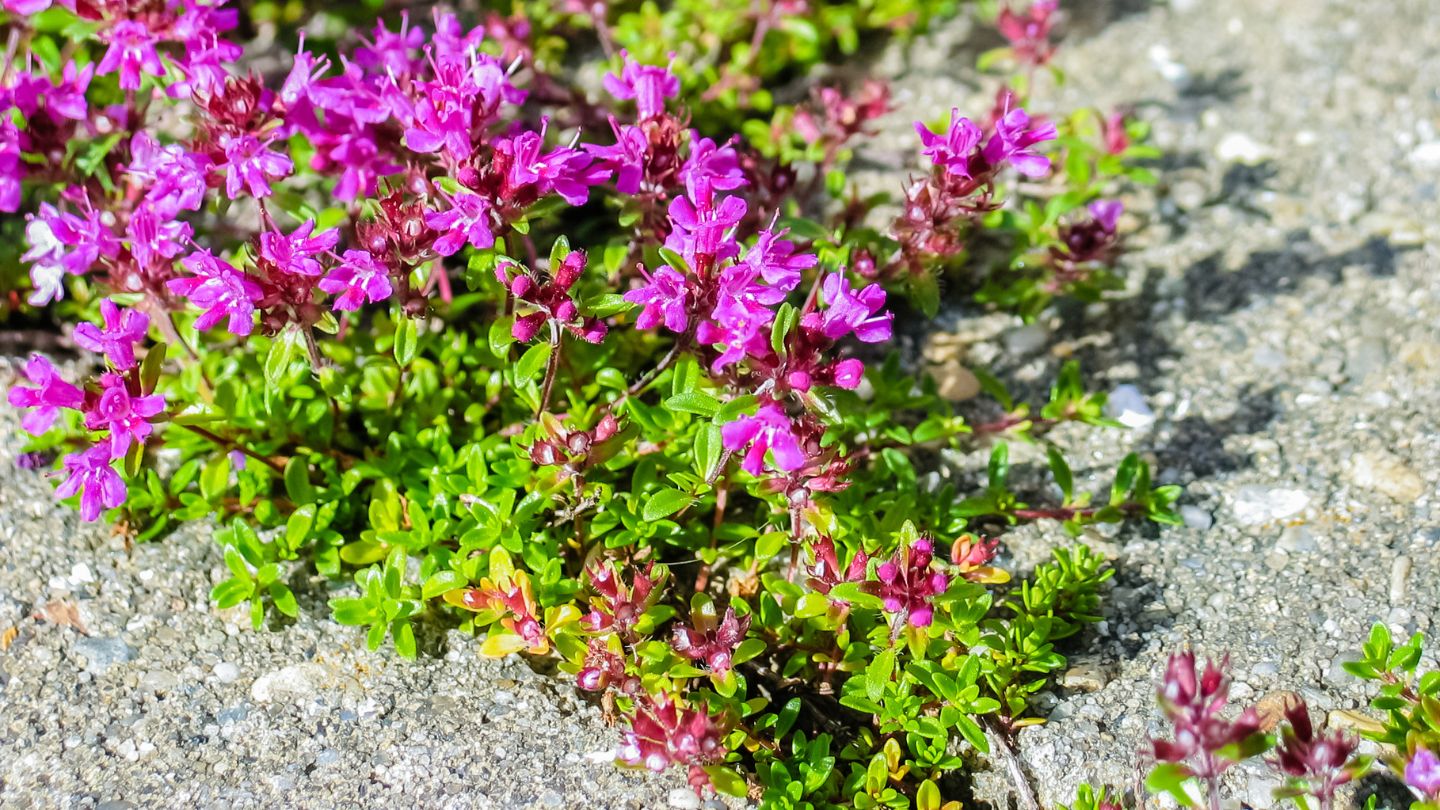
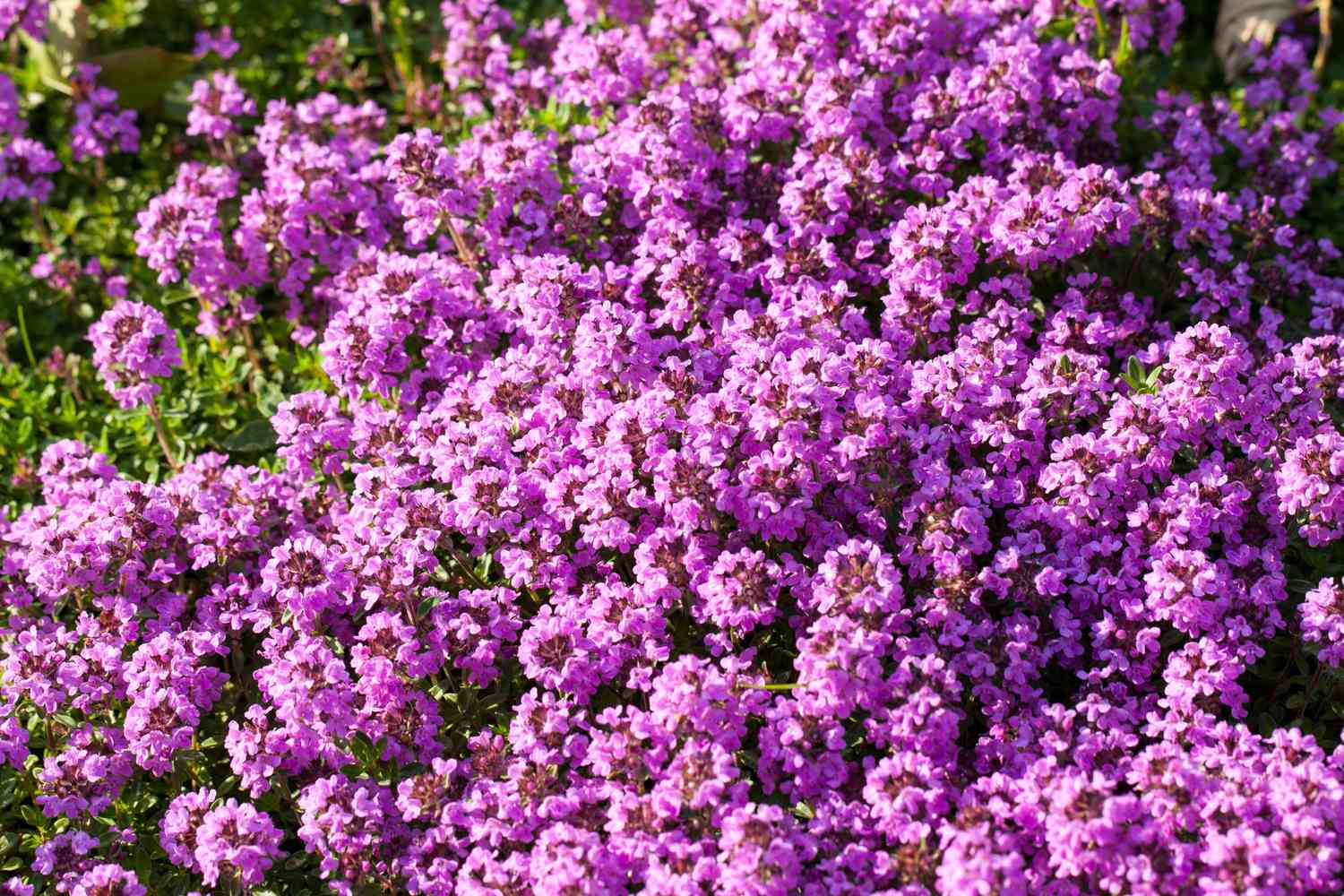
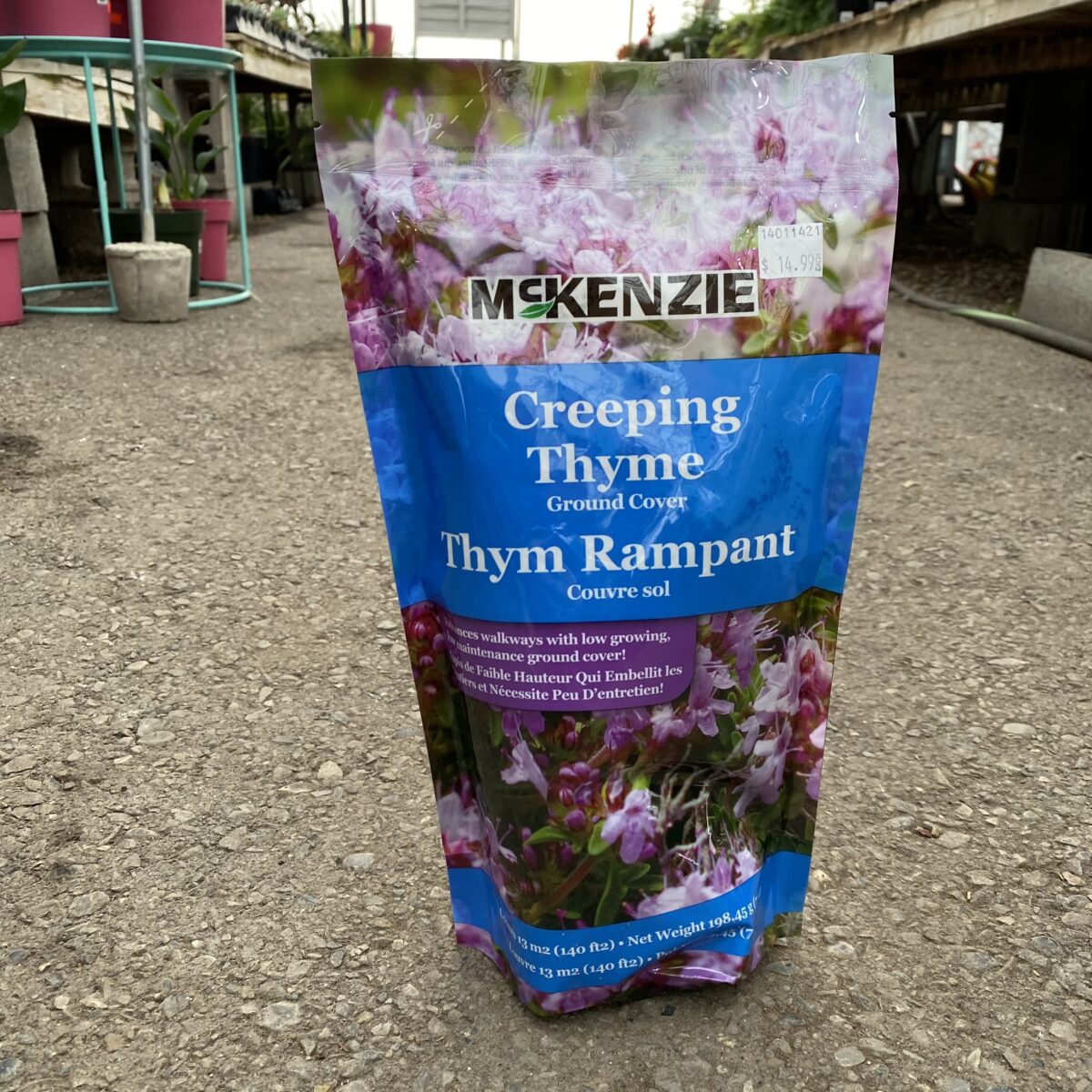
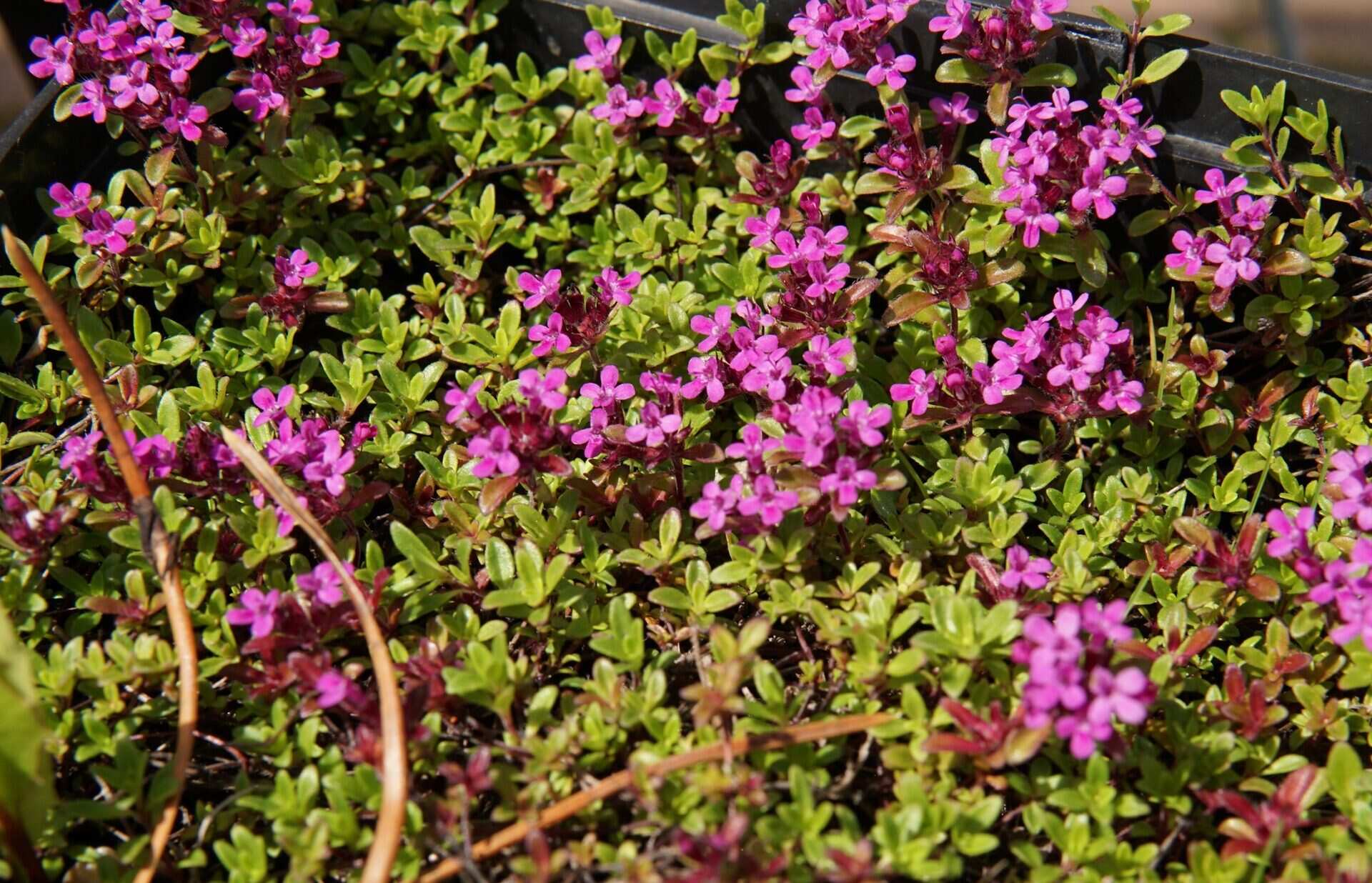
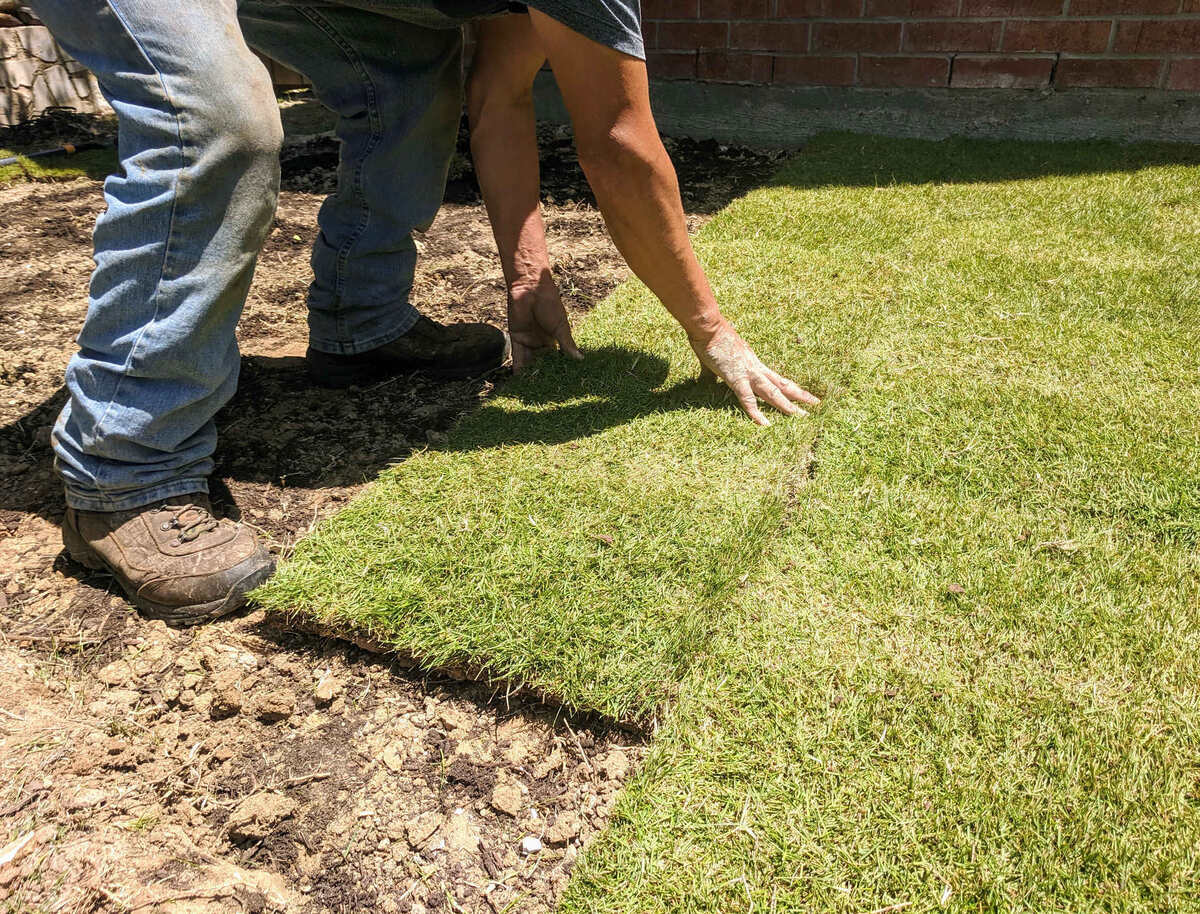
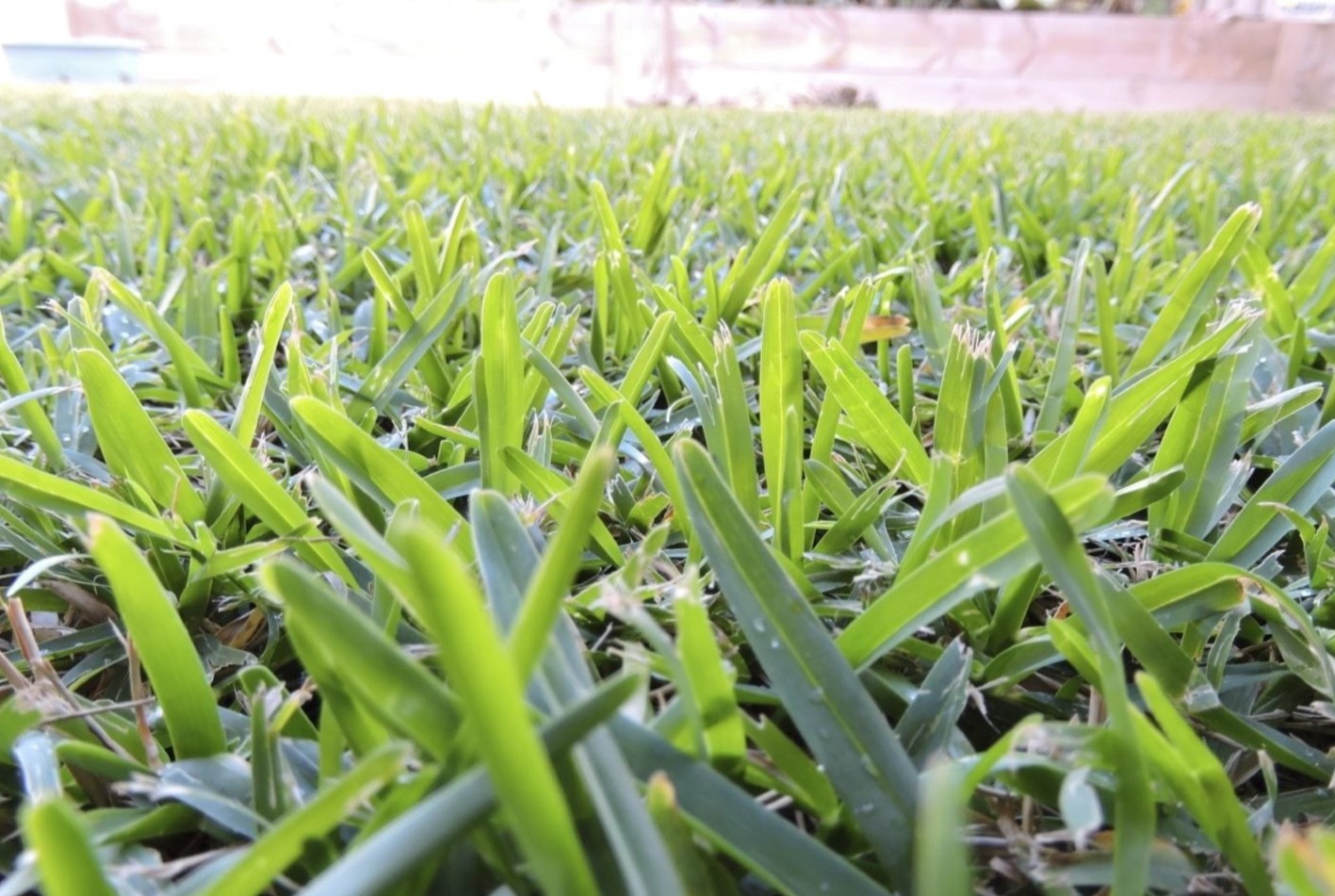
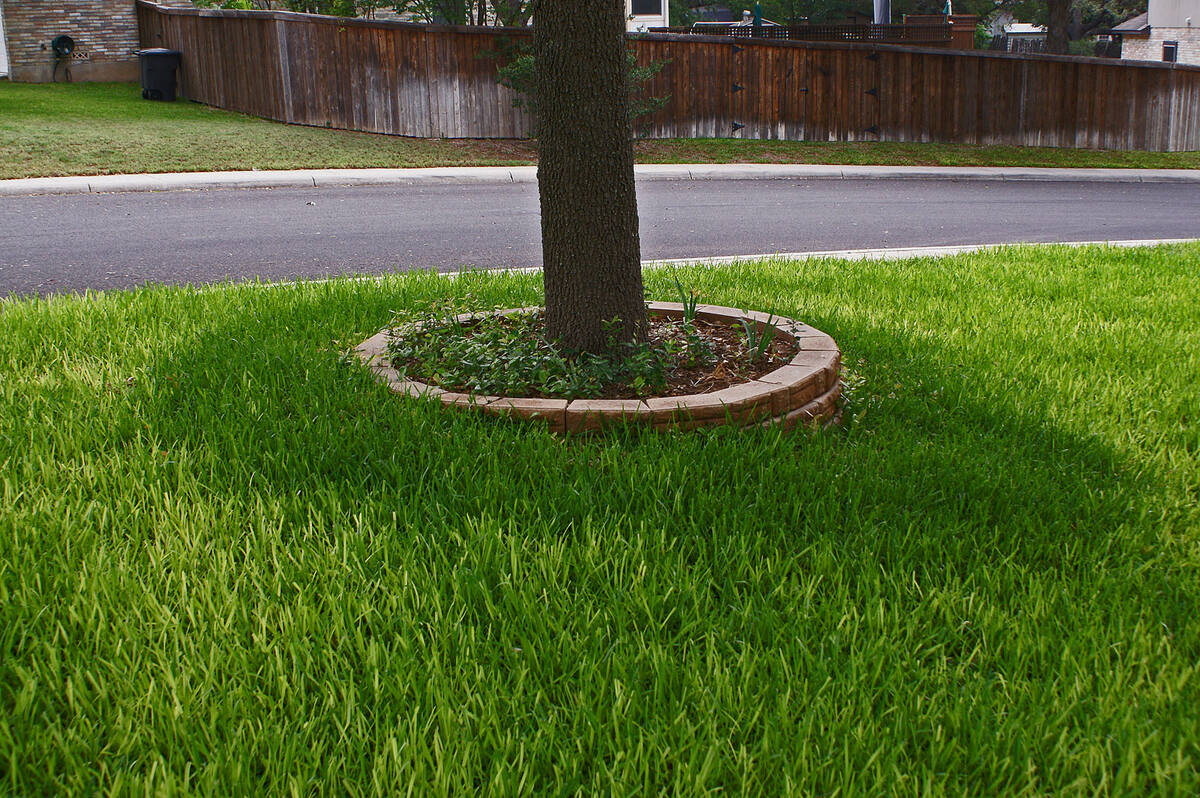
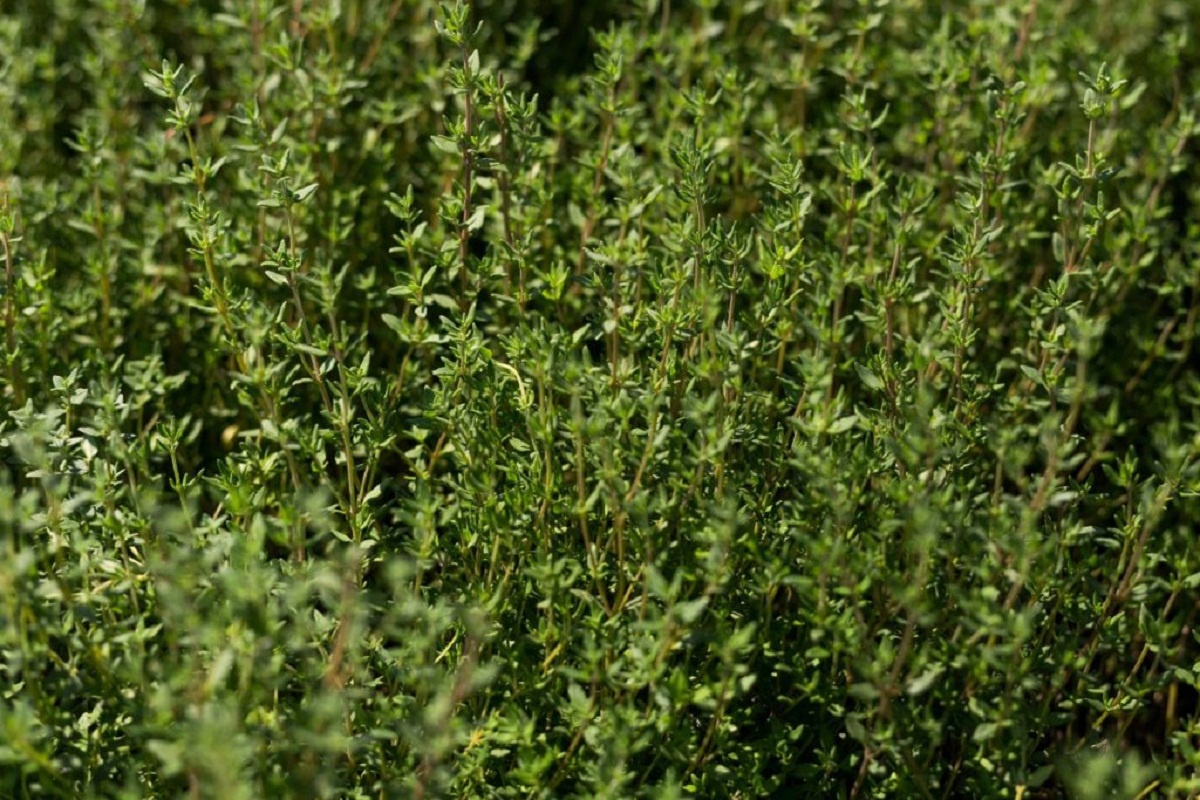
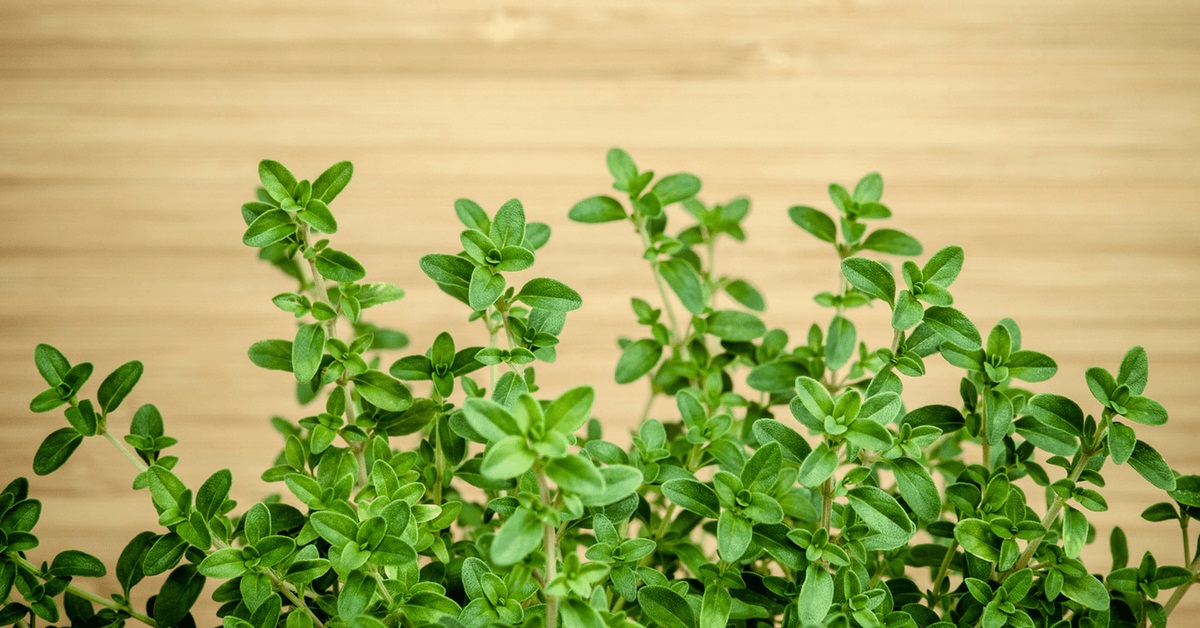
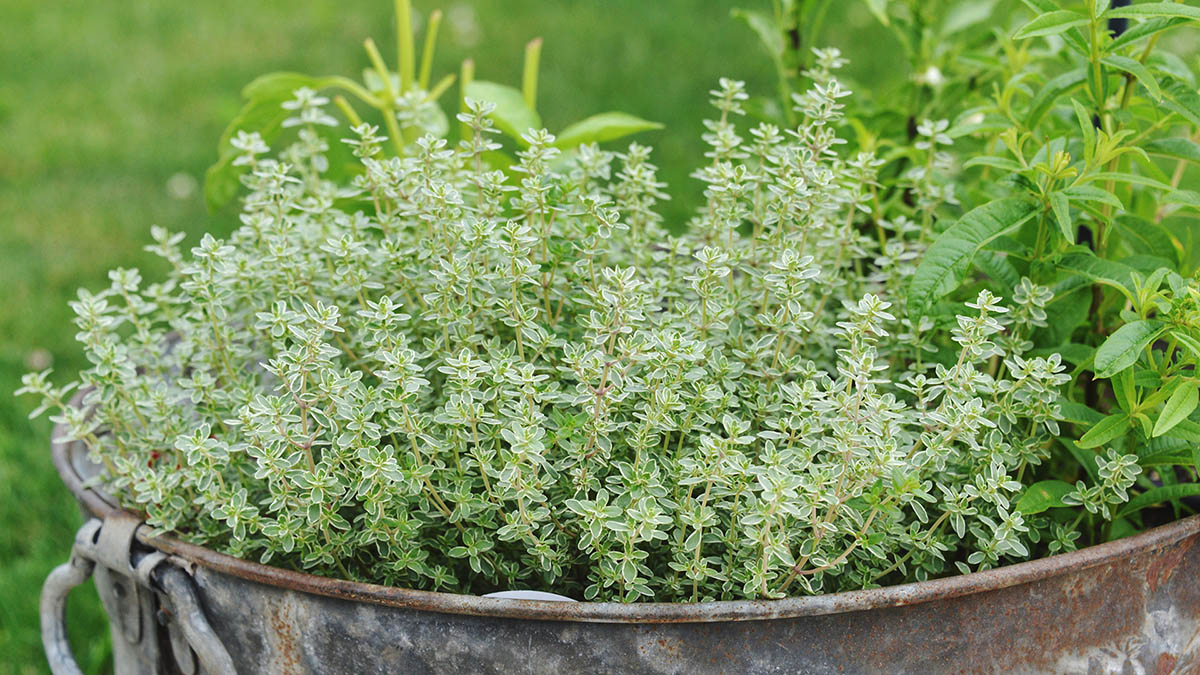
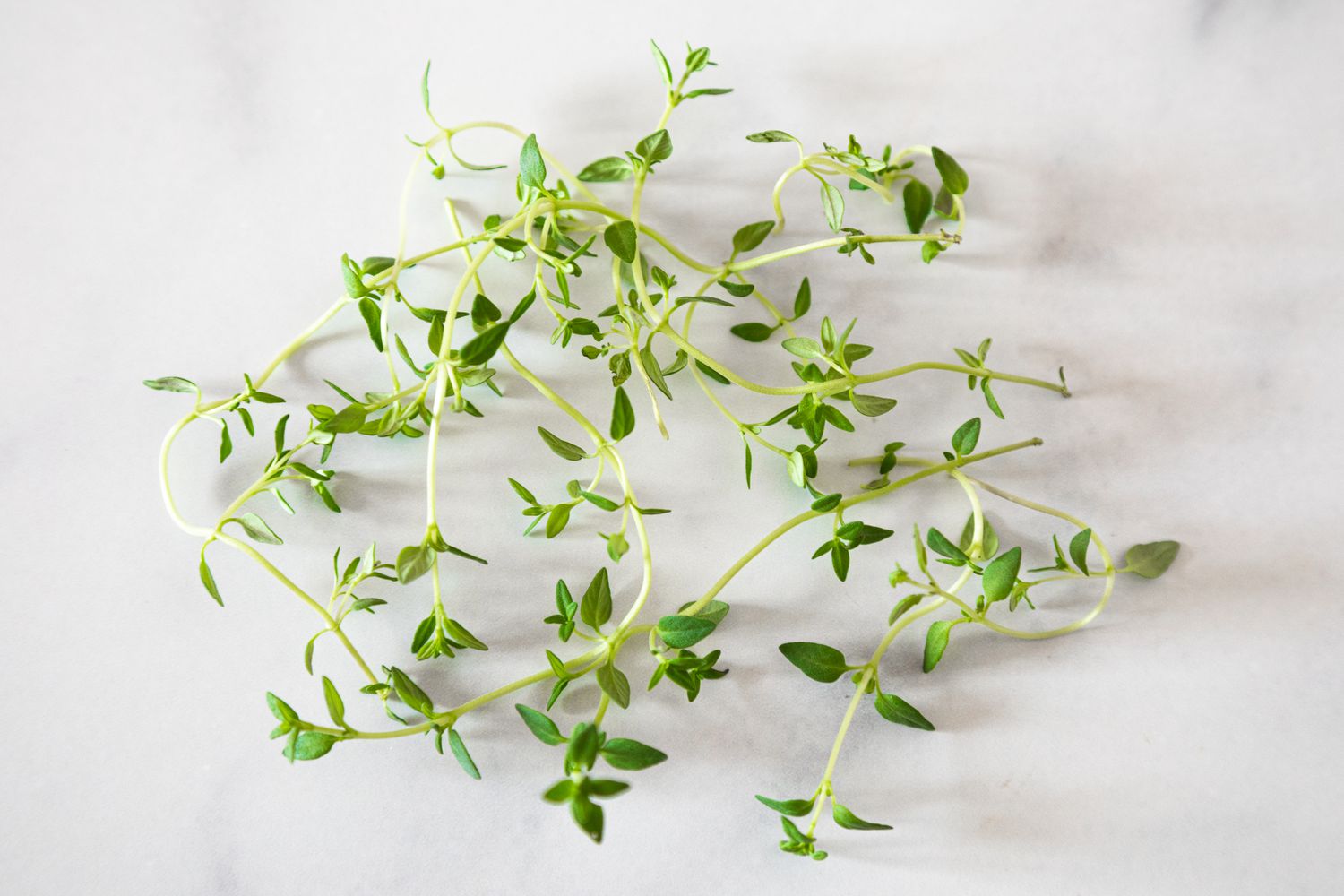
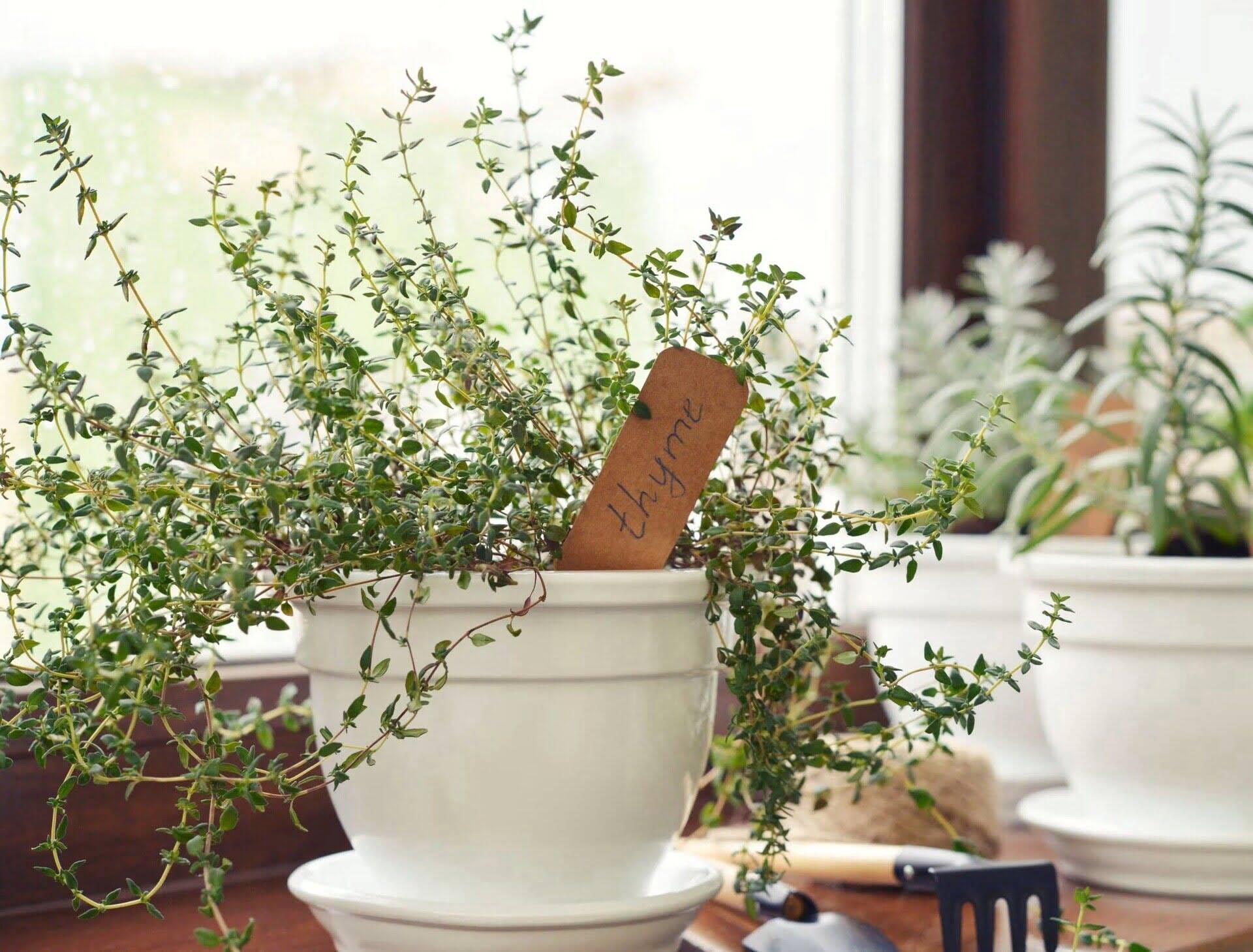
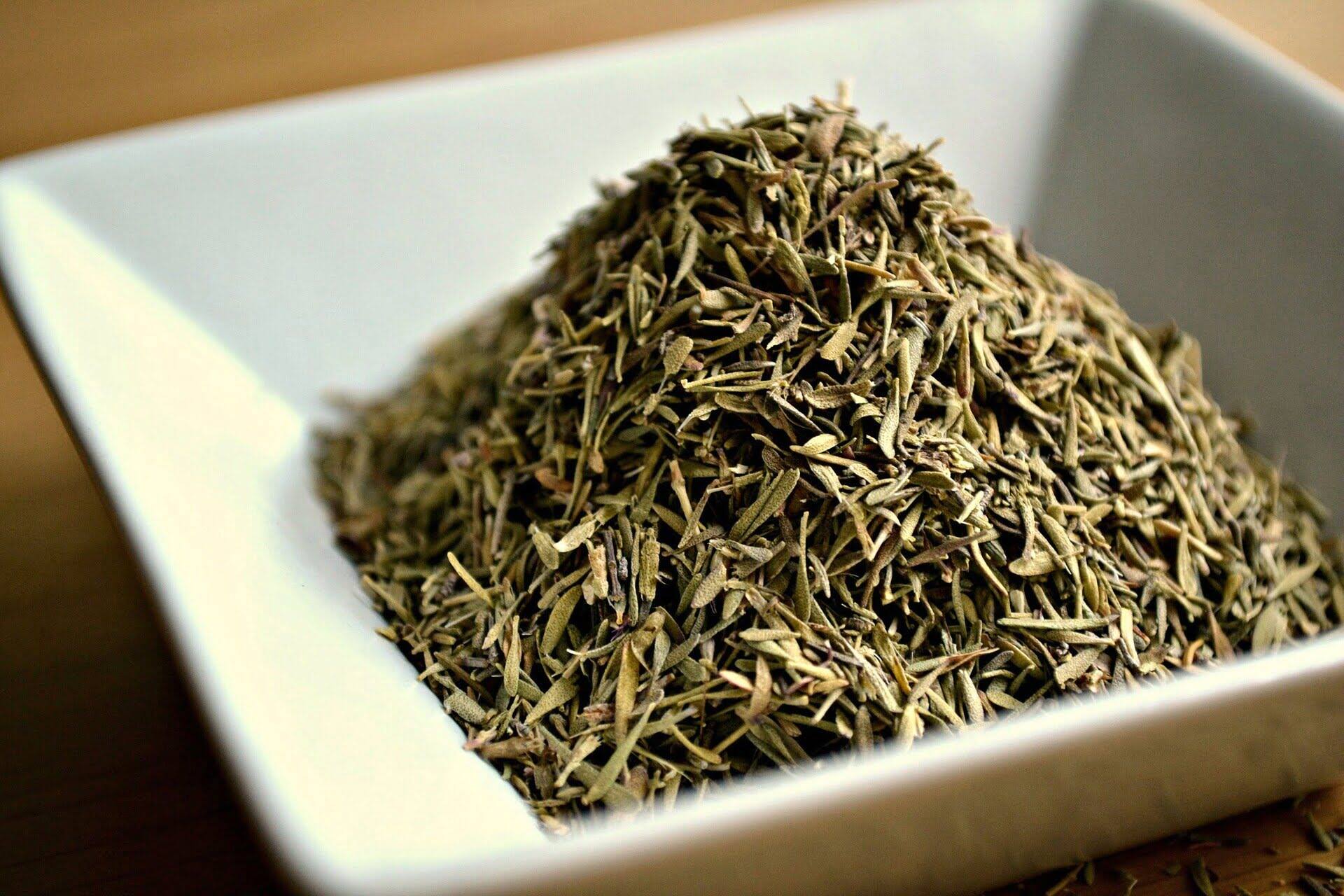

0 thoughts on “How Does Creeping Thyme Spread”